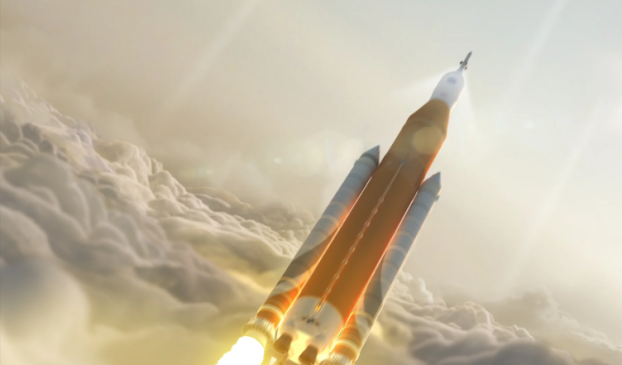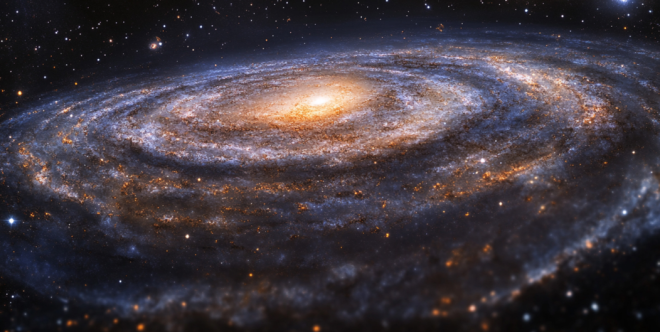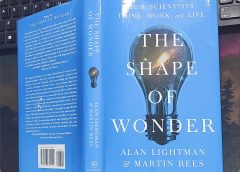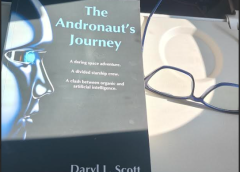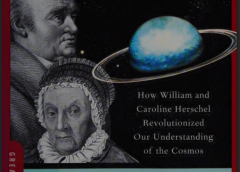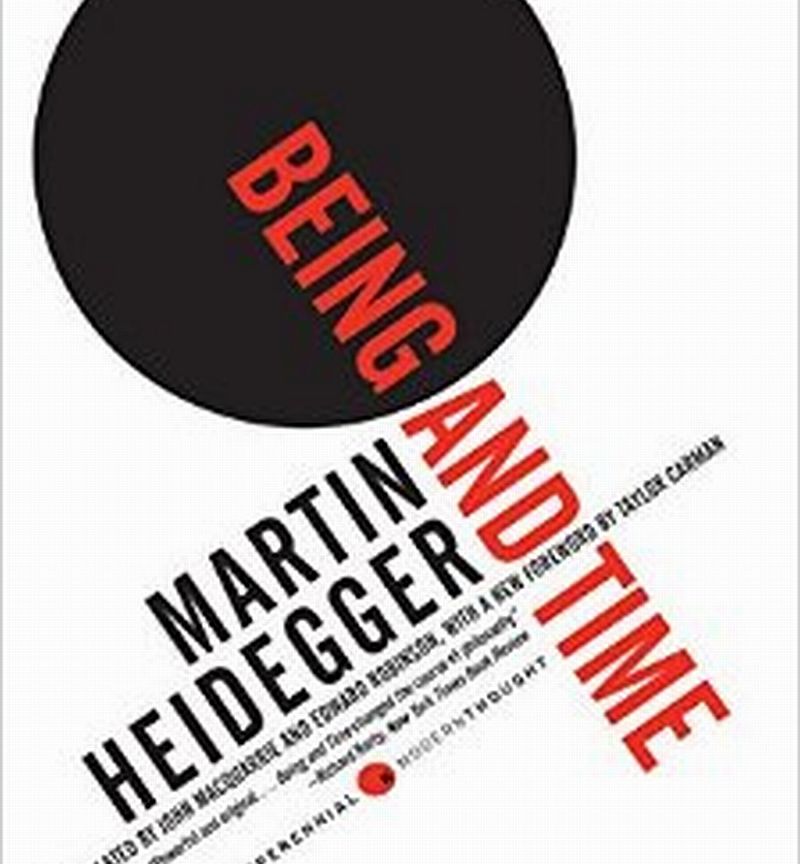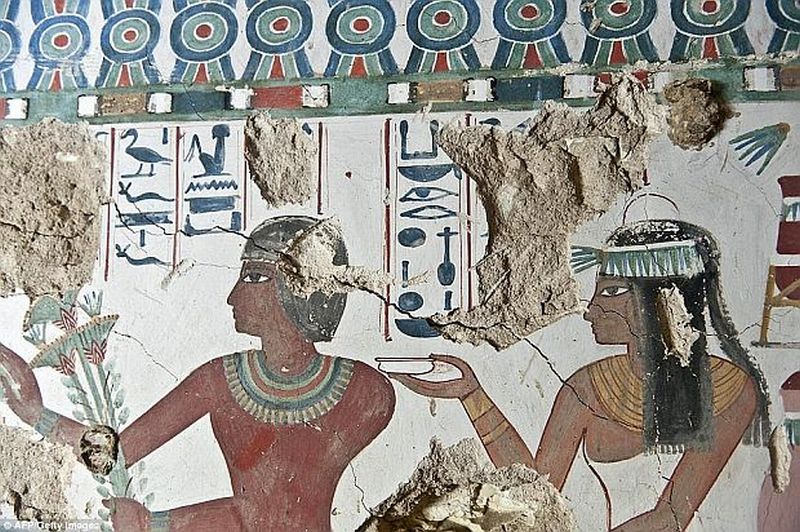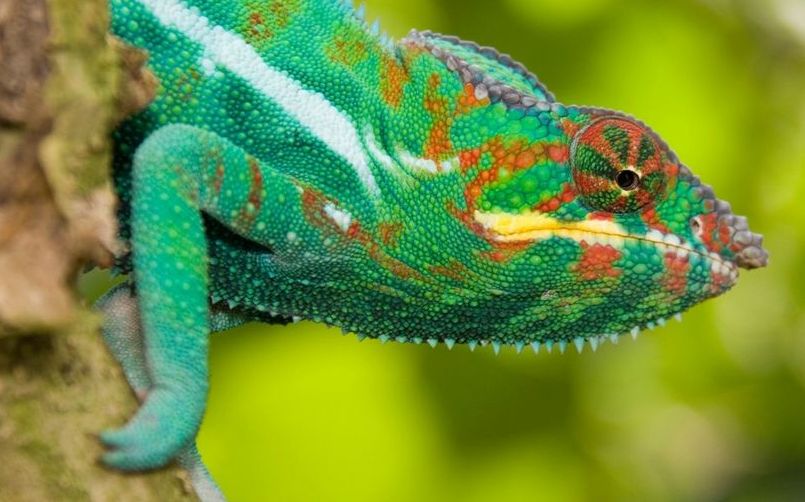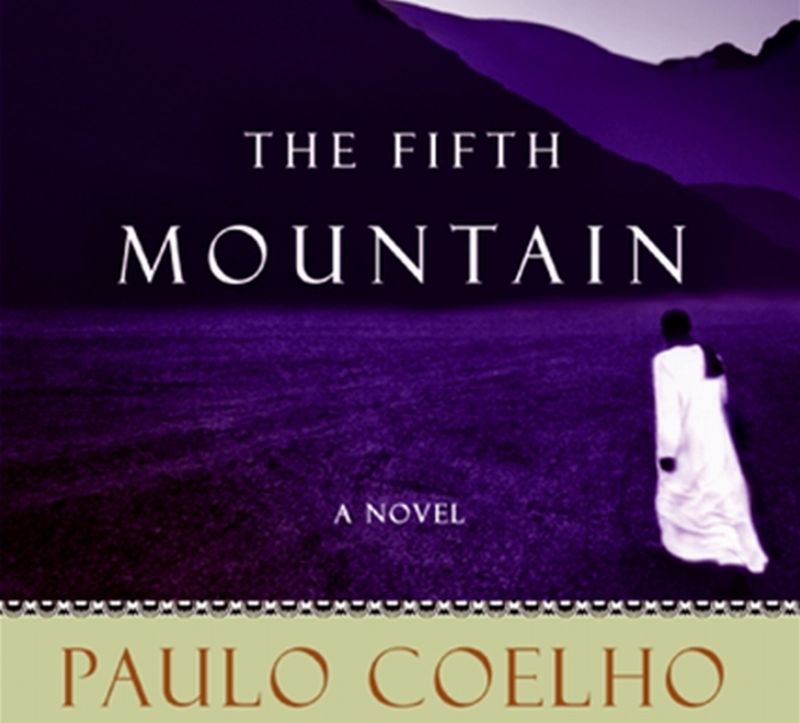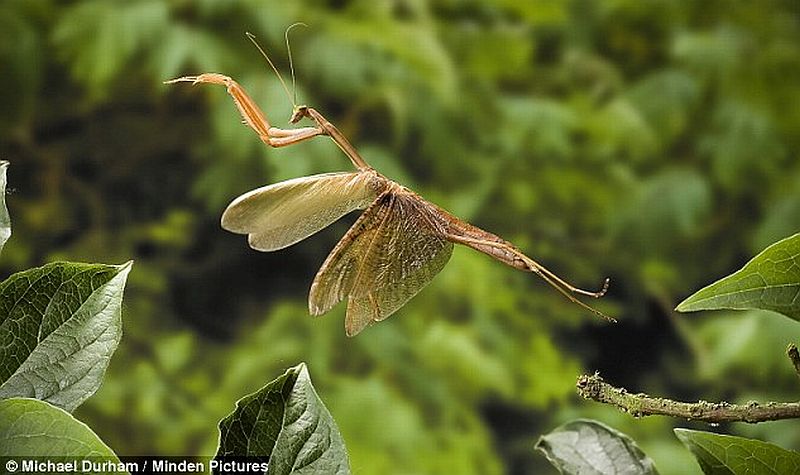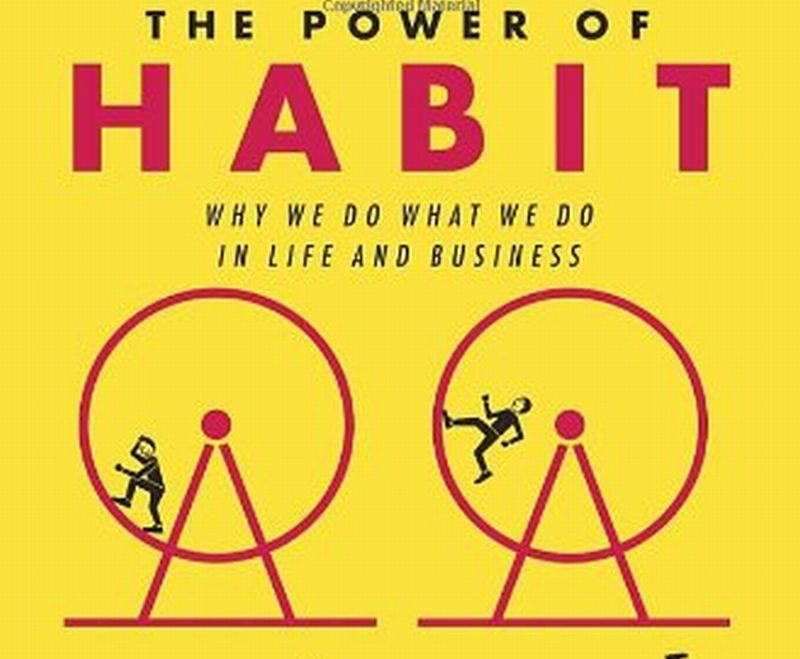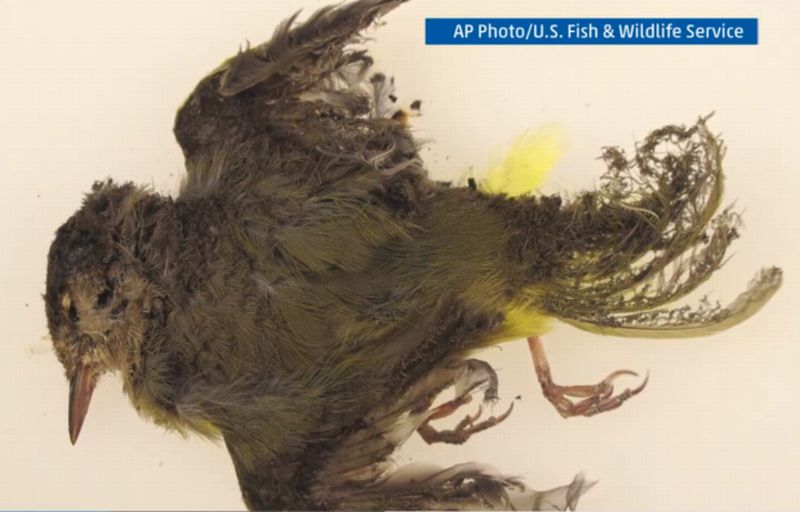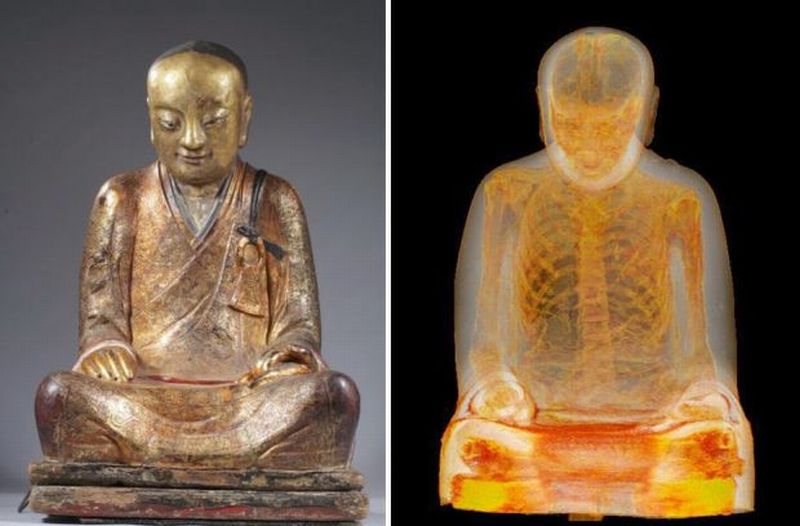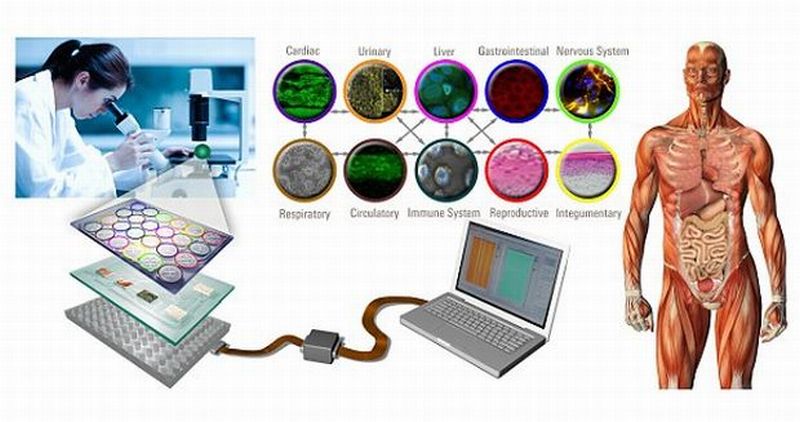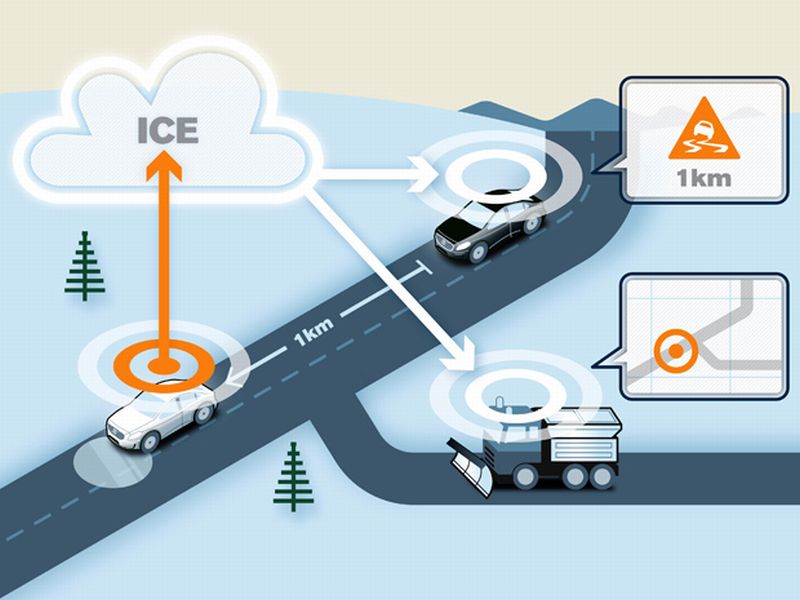Being and Time by Martin Heidegger is an ocean of infinite gems. It is one of those books, which require re-reading only to discern new motifs surfacing up every time. No single review can fully justify the thoughts running throughout the book. I did try jotting down few thoughts but am sure I still have missed some of them, which I might add later after reading it the second time.
Read MoreHokuriku Shinkansen Line opens for service: Tokyo links with Kanazawa
East Japan Railway Co. in collaboration with West Japan Railway Co. have successfully brought about the bullet train services on Hokuriku Shinkansen Line connecting Tokyo with the Hokuriku region on the Sea of Japan.
Read More10 Photographs depicting Egyptian Tombs with colorful murals unseen for thousands of years
An American research team was able to surface an old tomb in the southern city of Luxor. The Tomb belonged to Amenhotep, protector of Amun’s temple, an Egyptian deity. As per the sources, the tomb dates back to the 18th century’s New Kingdom.
Read MoreRipples and not Rings in the Disk of the Milky Way: Galaxy’s Structure
As per the latest astronomical research, the galactic disk is molded into many concentric ripples, which makes our Milk Way more than 50% larger than currently estimated. According to the study led by Professor Heidi Jo Newberg at Rensselaer Polytechnic Institute, there exists a circle of stars which is protruding towards to the outside of the Milky Way. The conclusion has been drawn by re-visiting the data that was gathered from the Sloan Digital Sky Survey three years ago.
Read MoreChameleons change Color by altering Nanocrystal Patterns inside the Skin: Animal Behavior
It’s been quite some time now since researchers have been studying the reasons that causes the changing of colors among chameleons. The study concluded that floating nanocrystals constitutes one of the major ingredients present within a layer of skin cells. Generally, the micro crystals are uniformly situated all over the cell. Wavelength of the light that is being reflected from the cells is determined by the spacing within these nanocrystals.
Read MoreThe Fifth Mountain by Paulo Coelho
The Fifth Mountain by Paulo Coelho resounds the theme of The Alchemist (from the same author), which is, universe conspiring in achieving ones destiny although the presentation is different in the book under consideration. In here, the author takes inspiration from the biblical Books of Kings.
Read MoreBiomechanics of Mantises Jumping Technique might help build better Robots: Insect Aerobatics
Praying mantises are known for gulping down their partners after mating but their other side resembles the gracefulness of Mikhail Baryshnikov especially when it comes to jumping.
Read MoreResearchers develop 5G Wireless Technology: The Next G
Achieving 1Tbps wirelessly might not remain a farfetched dream now. Researchers at the University of Sydney have touched the threshold of 5th generation wireless systems of Terrabyte per second. Yes, you guessed it right, downloading 10 movies per second at an uber-speed of 1Tbps.
Read MoreInduction-charging Stations into Home Furnishings: Smart Homes
Say no to cable mess, especially when charging gizmos. IKEA, the world’s largest furniture retailer will be hitting the shelves with an innovative range of furniture that has come with induction-charging stations. It is part of their new “Home Smart” plan. Keeping in view with the futuristic appeal, now the furniture owners would seamlessly charge their smartphones wirelessly.
Read MoreThe Power of Habit by Charles Duhigg
The Power of Habit: Why We Do What We Do in Life and Business by Charles Duhigg is quite an impressive book. With its umpteen examples of how people defy old habits at the sake of new productive habits and eventually achieve marvelous feat is extremely inspiring. Although the book does not promote or support one secret formula for quickly changing any habit but it makes one think with a different angle. Case studies of corporate success of Alcoa, Starbucks, and P&G’s Febreeze were quite a fascinating read.
Read MoreSolar Power Farms scorching Birds to Death: Solar facilities to Avian Extinction
During the testing of 110-megawatt Crescent Dunes Solar Energy Project near Tonopah, Nevada, 130 birds were caught by fire mid-air. As per the experts glow of the farm’s tower might have been the reason that have led to the attraction for the birds, however, the owners of the project said that they would devise a way of reducing such fatalities in the future.
Read MoreMummified Monk encased in 1000-year-old statue: At a higher state of Meditation
What supposed to be 11th or 12th century sitting effigy of Buddha is not a statue but mummified remains of a monk. A CT scan and endoscopy performed by the Netherlands-based Drents Museum at the Meander Medical Centre in Amersfoort made the astonishing discovery. Speculation holds that the mummy could be of Liuquan, a mentor of Lama Dashi-Dorzho Itigilov. Born in 1852, Lama Itigilov was a monk following Tibetan Buddhist tradition and was famous for the lifelike state of his body. Another equally startling discovery was surfaced when the scan…
Read MoreHomo chippiens: Mimicking Human Body using networks of Simulated Organs
In an attempt to create a ‘body on a chip’, scientists are working towards fabricating minute working organs of human body on a set of inter-related plastic chips. They have already developed fingertip-sized lungs, guts and livers on the chips. For instance, researchers at Harvard University’s Wyss Institute are revamping ‘bone marrow on a chip’ for studying the effect of radiation.
Read MoreVolvo Cars to share Slippery-Road Warning: Driving Safety Systems
During rough winters, drivers have to deal with icy patches themselves. Situation becomes critical during nights when they have to fight the patches while driving in a different zone. However, things might become different when cars start sharing the on-road conditions amongst themselves.
Read More10 Photographs: Siphonophore’s Luminous Tentacles glowing brightly beneath the Waves
Portuguese man o’ war or bluebottle is a jellyfish-like creature that floats on ocean surface. Being a siphonophore, it is not a single multicellular organism, rather a colony of specialized minute individuals called zooids that are connected to one another to an extent that each are inept of independent survival. These creatures carry painful stings because of which they are highly feared by swimmers and divers. However, Matthew Smith, 38, dared to face the agonizing encounters under the waves only to capture these beautiful creations of nature. He developed a waterproof lens dome…
Read More


